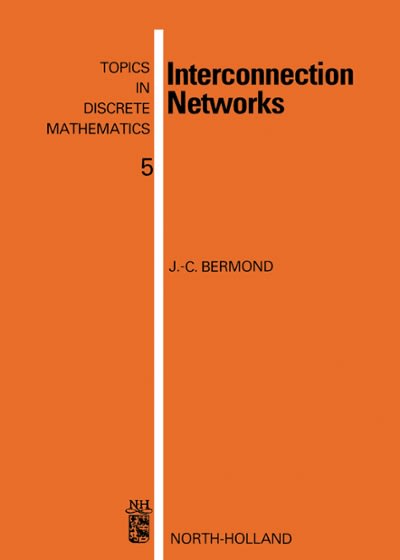Question
HW Stats Survey/Exp/Study ____ 1. Mrs. De La Fe, a sportswriter, wants to know how strongly Orlando residents support the professional baseball team, the Orlando
HW Stats Survey/Exp/Study
____ 1. Mrs. De La Fe, a sportswriter, wants to know how strongly Orlando residents support the professional baseball team, the Orlando Rays. She stands outside the stadium before a game and interviews the first 20 people who enter the stadium. The intended population for this survey is
a. all residents of Orlando.
b. all Orlando Ray baseball fans.
c. all people attending the game the day the survey was conducted.
d. the 20 people who gave the sportswriter their opinion.
e. all American adults.
____ 2. You want to know the opinions of American school teachers about establishing a national test for high school graduation. You obtain a list of the members of the National Education Association (the largest teachers' union) and mail a questionnaire to 2500 teachers chosen at random from this list. In all 1347 teachers return the questionnaire.
The sample is
a. the 1347 teachers who mail back the questionnaire.
b. the 2500 teachers to whom you mailed the questionnaire.
c. all members of the National Education Association.
d. all American school teachers.
e. all American school students.
____ 3. To assess the opinion of students at the University of Minnesota about campus snow removal, a reporter for the student newspaper interviews the first 12 students he meets who are willing to express their opinion. The method of sampling used is
a. a census.
b. cluster sampling.
c. voluntary response sampling.
d. convenience sampling.
e. simple random sampling.
____ 4. A simple random sample is
a. any sample that is selected without replacement.
b. any sample that gives every individual the same chance to be selected.
c. a sample that gives every possible sample of the same size from the same population the same chance to be selected.
d. a sample that selects equal numbers of individuals from each stratum.
e. a sample that contains the same percent of each subgroup in the population.
____ 5. We wish to choose a simple random sample of size three from the following list of employees of a small company. To do this, we will use the numerical labels attached to the names below.
1. Bechhofer 2. Brown 3. Ito 4. Kesten 5. Kiefer
6. Spitzer 7. Taylor 8. Wald 9. Weiss
We will also use the following list of random digits, reading the list from left to right, starting at the beginning of the list.
11793 20495 05907 11384 44982 20751 27498 12009 45287 71753 98236 66419 84533
The sample you obtain is
a. 117.
b. Bechhofer, Bechhofer again, and Taylor.
c. Bechhofer, Taylor, and Weiss.
d. Kesten, Kiefer, and Taylor.
e. Taylor, Weiss, and Ito.
____ 6. We divide the class into two groups: first year students and others. We then take random samples from each group. This is an example of
a. simple random sampling.
b. cluster sampling.
c. multistage sampling.
d. stratified random sampling.
e. systematic random sampling.
____ 7. A marine biologist wants to estimate the mean size of the barnacle Semibalanus balnoides on a stretch of rocky shoreline. To do so, he randomly selected twenty 10 by 10 square inch plots and measured the size of every barnacle in each selected plot. This is an example of
a. convenience sampling.
b. cluster sampling.
c. stratified random sampling.
d. simple random sampling.
e. voluntary sampling.
____ 8. A study sponsored by the French government tourist office found that old stereotypes about French unfriendliness were not true. The respondents were more than 1000 Americans who have visited France more than once, for pleasure, over the past two years. The results of this study are probably
a. very accurate, given the large sample size.
b. very inaccurate because the sample is only a small fraction of all Americans who have
visited France.
c. unreliable, because this is a prospective study.
d. biased, overstating the extent to which the old stereotypes were not true.
e. biased, understating the extent to which the old stereotypes were not true.
Step by Step Solution
There are 3 Steps involved in it
Step: 1

Get Instant Access to Expert-Tailored Solutions
See step-by-step solutions with expert insights and AI powered tools for academic success
Step: 2

Step: 3

Ace Your Homework with AI
Get the answers you need in no time with our AI-driven, step-by-step assistance
Get Started


